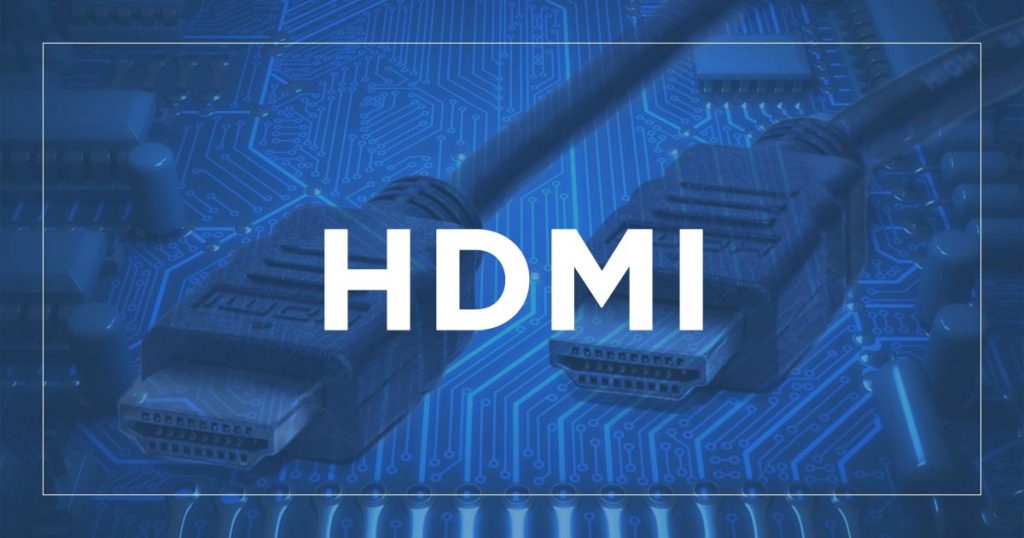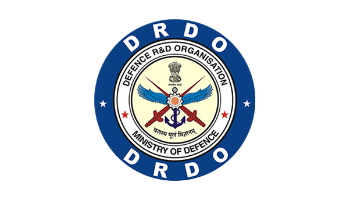New Release: PCIe Gen6 Controller IP for High-Speed Computing.
Learn More !- Product Engineering
- Solutions
- What's New
- Products
- Avionics
- Defence
- SatComm
- Development Board
- FPGA/RTL IP Core
Avionics- Single Board Computer
- Smart Display & Monitors
- Video Protocol Testers
- Video Protocol Converters
- Communication
Single Board ComputerSmart Display & MonitorsVideo Protocol TestersVideo Protocol ConvertersCommunicationDefence- Data Acquisition
- Waveform Generators
Data AcquisitionWaveform GeneratorsSatComm- HDRR
Development Board- Achronix
- Lattice
FPGA/RTL IP Core- Avionics
- Automotive
- Communication
- Security
- Video/Image Processing
- High Speed Interface
- Storage
AvionicsAutomotiveCommunicationSecurityVideo/Image ProcessingHigh Speed InterfaceStorage
- Resources
- What's New
- About Us
- About UsWe are a product engineering R&D & consulting services provider for embedded system and application development. We provide end-to-end solutions from the conception of the idea, design to the finished product. We have been servicing customers globally for over a decade.
- Product Engineering
- Solutions
- Projects
- Avionics
- Defence
- SatComm
- Development Board
- FPGA/RTL IP Core
Avionics- Single Board Computer
- Smart Display & Monitors
- Video Protocol Testers
- Video Protocol Converters
- Communication
Single Board ComputerSmart Display & MonitorsVideo Protocol TestersVideo Protocol ConvertersCommunicationDefence- Data Acquisition
- Waveform Generators
Data AcquisitionWaveform GeneratorsSatComm- HDRR
Development Board- Achronix
- Lattice
FPGA/RTL IP Core- Avionics
- Automotive
- Communication
- Security
- Video/Image Processing
- High Speed Interface
- Storage
AvionicsAutomotiveCommunicationSecurityVideo/Image ProcessingHigh Speed InterfaceStorage- Resources
- About Us
An ISO 9001: 2008 Certified Company













